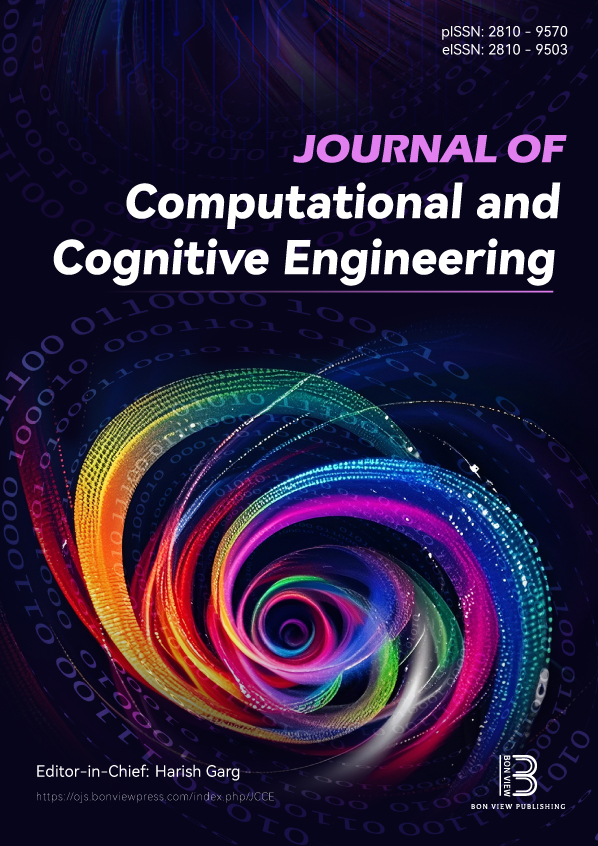Real-Time Road Accident Detection and Severity Assessment Using IoU and Deep Learning Models
DOI:
https://doi.org/10.47852/bonviewJCCE52025908Keywords:
real-time accident detection, AI-based system, YOLOv5, YOLOv8, YOLOv11, Intersection over Union (IoU), vehicle identificationAbstract
Road accidents are a significant global issue, claiming lives and cash in hand every year. The system introduces an adaptive model switching mechanism that selects the most suitable You Only Look Once (YOLO) model (v5, v8, or v11) based on system memory and weather visibility, ensuring optimal detection with minimal computational load—a feature rarely addressed in existing accident detection research. To alleviate this situation, this study envisages a near real-time accident detection and emergency response system, integrating computer vision and geospatial technologies. The developed system tracks vehicle movement and assesses collision by applying advanced object detection models such as YOLOv5, YOLOv8, and YOLOv11 with dynamic tracking and speed estimation. The system computes spatial overlap using the Intersection over Union (IoU) metric to localize vehicles accurately and recognize potential accidents while minimizing false-positive rates dramatically. Geographic data from OpenStreetMap is used in emergency routing with the help of the Haversine formula to find the shortest and fastest route to the nearest emergency services, allowing rapid notifications to hospitals and enforcement agencies. The developed framework includes a severity analysis module that assesses the degree of accident impact based on vehicular deformation, collision dynamics, and possible injuries to passengers, thus enabling emergency response prioritization based on the incident's urgency. An additional provision is made to incorporate an automatic license plate recognition system that enhances vehicle identification, thereby speeding up the initiation of insurance claims and post accident administrative processes. The framework has undergone rigorous field trials under varying environmental conditions and remains robust in its operation under such variations. Real-time alerts have an average latency of 2.1 s and cover a comprehensive report of the incident, including location, vehicle IDs, severity, and medical assistance required. The experimental evaluation proved the system's detection accuracy of 94.6% and precision of 92.8%, thus proving its reliability and effectiveness for implementation in real time.
Received: 12 April 2025 | Revised: 21 August 2025 | Accepted: 8 September 2025
Conflicts of Interest
The authors declare that they have no conflicts of interest to this work.
Data Availability Statement
The data that support the findings of this study are openly available in GitHub at https://github.com/772003pranav/Accident-Detection.
Author Contribution Statement
Bharathi Mohan Gurusamy: Conceptualization, Formal analysis, Resources, Supervision, Project administration. Pranav Reddy Sanikommu: Methodology, Software, Validation, Data curation, Writing – original draft, Writing – review & editing, Visualization. Gayathri Muthurasu: Investigation, Writing – review & editing, Visualization, Supervision, Project administration.
Metrics
Downloads
Published
Issue
Section
License
Copyright (c) 2025 Authors

This work is licensed under a Creative Commons Attribution 4.0 International License.






